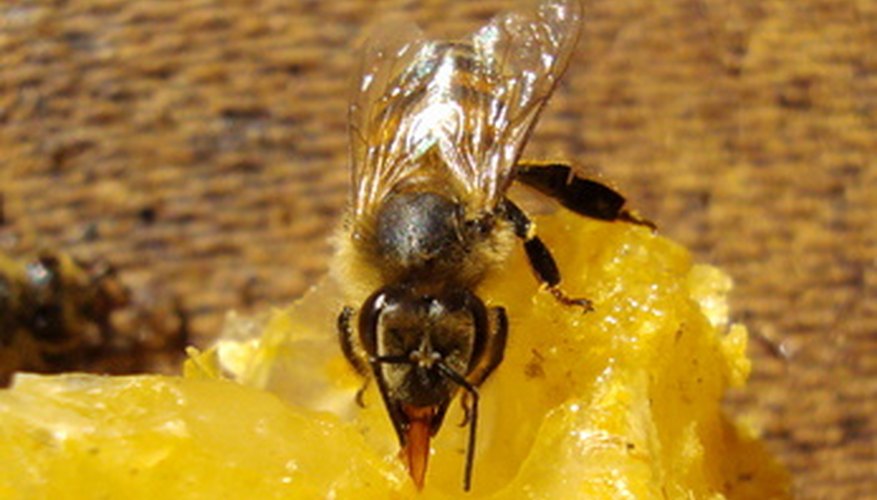Chandlers and sculptors often carve wax to add visual interest to their candles or to make jewellery moulds. Today, wax suppliers sell wax blocks specifically formulated for carving, but a more fragrant option involves carving beeswax. Beeswax is sticky and soft, and it offers a range of golden colours, from pale yellow to golden brown, and often smells slightly of honey. With a little patience, you can carve beeswax as easily as blocks made for carving.
- Chandlers and sculptors often carve wax to add visual interest to their candles or to make jewellery moulds.
- With a little patience, you can carve beeswax as easily as blocks made for carving.
Sketch your initial design on a piece of paper. Start drawing lightly with a pencil, working and erasing until you have a satisfactory design. Darken your final lines by drawing back over them. Choose something simple for your first design like a spray of large butterflies or simple animal figures. Plan a flat design rather than three-dimensional figures.
Lay your beeswax block on a smooth wooden board in a cool, well lit area. Keep the temperature around 18.3 to 21.1 degrees C to keep the beeswax firm and to prevent sticking. Choose a beeswax block about the size and shape of a picture frame.
Smooth your paper over the top of the beeswax. Press and draw your round-nosed stylus firmly but lightly over your darkened lines, pressing corresponding grooves into your wax. Work carefully; you can’t take back slips that make your figures look jagged and unfinished.
Set your utility knife blade at a 45-degree angle against one of your figures. The tip of the blade should be in the grooved stylus line, and the rest of the blade should sit on the inside of the line, against the figure. Pull the knife slowly and gently toward you, bending your wrist gently to follow the curves of your figures. This insets the figures into the surface of the wax.
- Lay your beeswax block on a smooth wooden board in a cool, well lit area.
- Set your utility knife blade at a 45-degree angle against one of your figures.
Place the point of your sculpting loop against the surface of the wax, drawing it slowly toward you. These sharpened metal loops are best suited to carving semifine details like clothing or fur patterns. Use your stylus similarly to carve fine details like wrinkles, eyes, lips and hair.
TIP
Wax sculpting usually includes rotary tools or rasping files; beeswax is so soft that these things may ruin your work. Stick to slow carving with hand tools.
